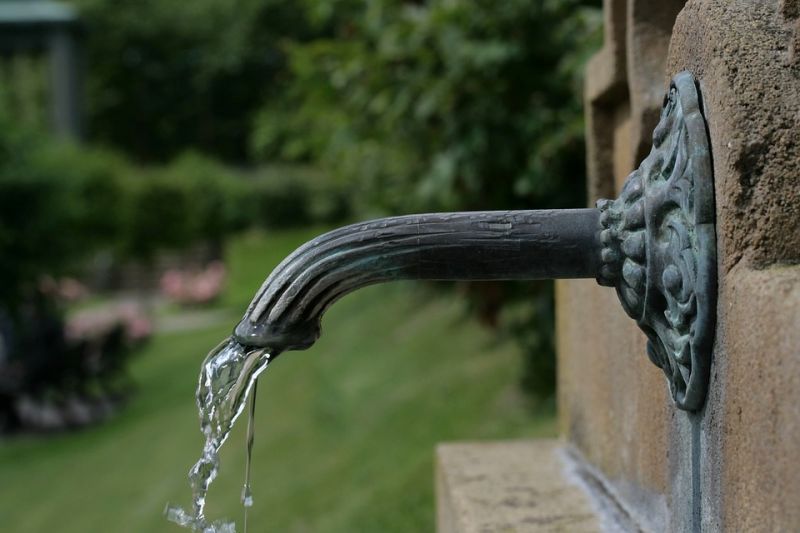Engineers are Plugging Holes in Drinking Water Treatment
Published on by Water Network Research, Official research team of The Water Network in Technology
Access to clean water still isn’t universal. Yet, researchers at the University of Massachusetts Amherst are testing new water treatment technologies for public use.
By Laurel Hamers, Science News

Researchers are testing new ways to bring affordable water treatment to smaller towns and to people who rely on wells. (Representative Image Source: Pixabay, labeled for reuse)
Off a gravel road at the edge of a college campus — next door to the town’s holding pen for stray dogs — is a busy test site for the newest technologies in drinking water treatment.
In the large shed-turned-laboratory, University of Massachusetts Amherst engineer David Reckhow has started a movement. More people want to use his lab to test new water treatment technologies than the building has space for.
The lab is a revitalization success story. In the 1970s, when the Clean Water Act put new restrictions on water pollution, the diminutive grey building in Amherst, Mass. was a place to test those pollution-control measures. But funding was fickle, and over the years, the building fell into disrepair. In 2015, Reckhow brought the site back to life. He and a team of researchers cleaned out the junk, whacked the weeds that engulfed the building and installed hundreds of thousands of dollars worth of monitoring equipment, much of it donated or bought secondhand.
“We recognized that there's a lot of need for drinking water technology,” Reckhow says. Researchers, students and start-up companies all want access to test ways to disinfect drinking water, filter out contaminants or detect water-quality slipups. On a Monday afternoon in October, the lab is busy. Students crunch data around a big table in the main room. Small-scale tests of technology that uses electrochemistry to clean water chug along, hooked up to monitors that track water quality. On a lab bench sits a graduate student’s low-cost replica of an expensive piece of monitoring equipment. The device alerts water treatment plants when the by-products of disinfection chemicals in a water supply are reaching dangerous levels. In an attached garage, two startup companies are running larger-scale tests of new kinds of membranes that filter out contaminants.
Parked behind the shed is the almost-ready-to-roll newcomer. Starting in 2019, the Mobile Water Innovation Laboratory will take promising new and affordable technologies to local communities for testing. That’s important, says Reckhow, because there’s so much variety in the quality of water that comes into drinking water treatment plants. On-site testing is the only way to know whether a new approach is effective, he says, especially for newer technologies without long-term track records.
The facility’s popularity reflects a persistent concern in the United States: how to ensure affordable access to clean, safe drinking water. Although U.S. drinking water is heavily regulated and pretty clean overall, recent high-profile contamination cases, such as the 2014 lead crisis in Flint, Michigan, have exposed weaknesses in the system and shaken people’s trust in their tap water.
Read the full article on Science News
Media
Taxonomy
- Pollutants
- Drinking Water Security
- Water Pollution
- Decontamination
- Produced Water Treatment
- Drinking Water Treatment
- Micropollutants
- Water Reuse & Recycling
- Water Treatment & Control
- Polluted Water Oxidation
- Decontamination
- Clean Tech
- Water Treatment Solutions
- Taps Design
- Pipes Design
- Contaminant Removal
- Pollution
- Water Monitoring
- Water Security
- Water Utility
- Monitoring & Control
- Water Supply & Drainage
- Water Safety Plan
- Water Pollution Control
- Drinking Water Managment
- Water Management
- Consumption
- Water Risk
- Drinking Water
- Water Quality Management
- Water Quality Training
- Water Purification
- Renewable Water Resources
- Desalination
- Pollution
- urban water security
- Water Quality Research
- Water Supply Protection
- On-site Treatment